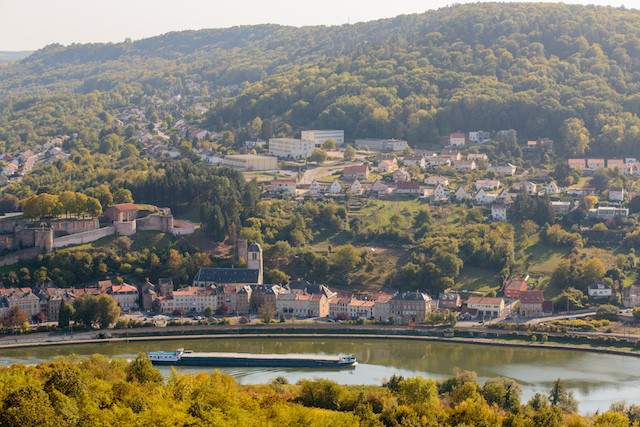Responding to a parliamentary question from MP Henri Kox (déi gréng), green environment minister Carole Dieschbourg said that groundwater levels were 25% below the average for the last 40 years.
“Compared to previous years, the situation stabilised last winter without increasing,” she wrote on 28 May, saying the phenomenon resulted from drier than usual winters two years in a row (it takes 1-2 years for rainfall to impact groundwater levels).
To ensure sufficient supply for Luxembourg’s growing population, Dieschbourg said that part of the country’s strategy is to find new water sources. “A feasibility study examining a combination of supplementary underground resources and treating water from the Moselle is underway,” the minister wrote. She added that depending on the evolution of water-use reduction measures and the growth of the population, “new resources should be operational for 2035, notably to cover peak consumption.”
Groundwater levels are regularly measured, the results of which are published publicly on the platform www.waasser.lu.
